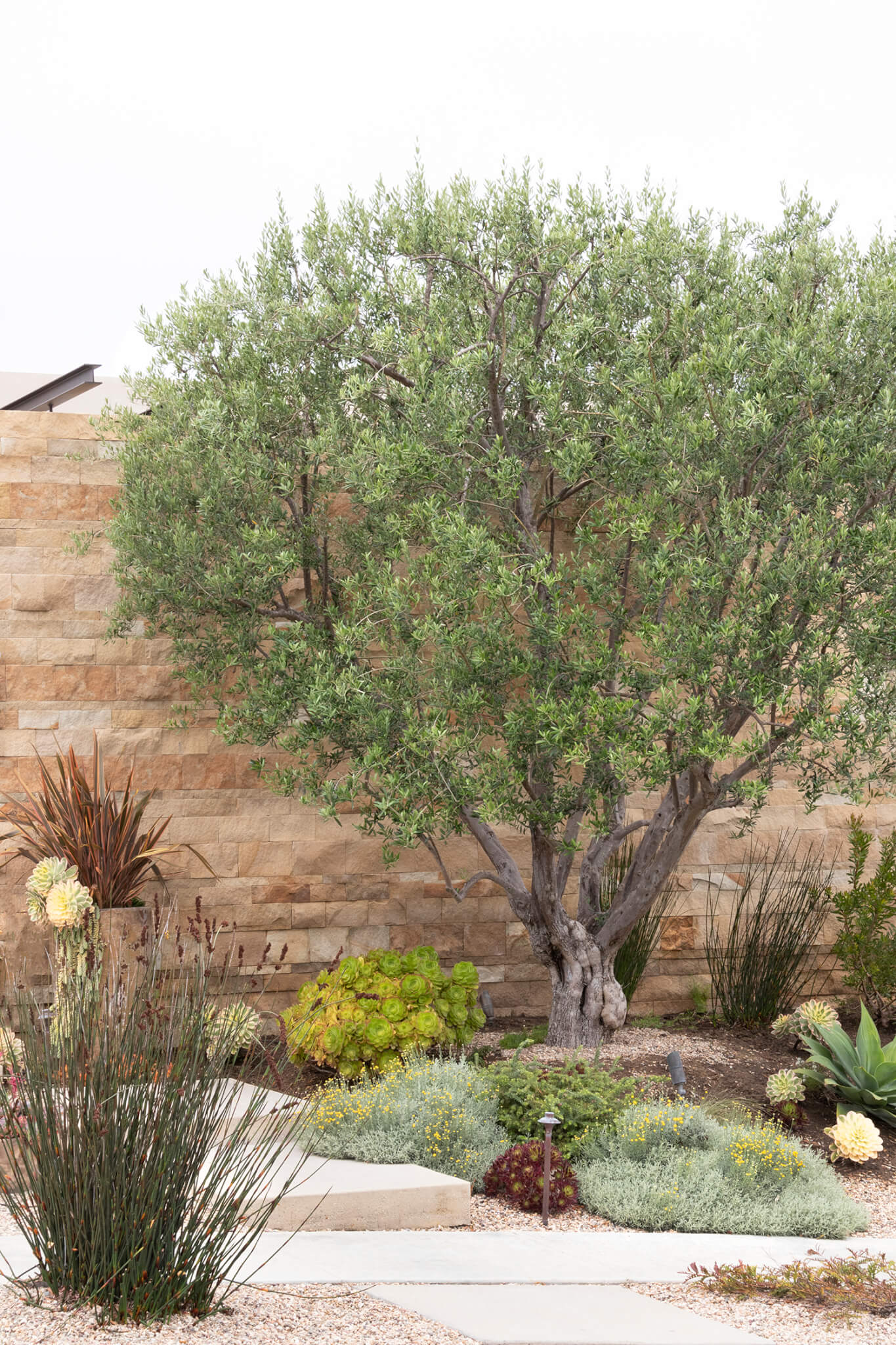Landscape Nickel Knowledge Tips

We use a longtime friend and resident Robert P. Richards, Landscape Architect on all of our projects now. You may know Robert, as he grew up in the Ranch, attended Laguna Blanca, and now serves as a member of the City of Santa Barbara’s Single Family Design Review Board. Robert attended Cal Poly, San Luis Obispo for his Landscape Architecture degree and opened his own firm in 2011.
Personally, I am a “brown thumb” so I rely on Robert quite a bit and thought I would share a few tidbits:
Rain Sensor – As the name implies, a rain sensor turns off your irrigation system when it is raining. New “smart” irrigation controllers automatically adjust the irrigation cycle for the current weather and they connect to a rain sensor to adjust the system. If you have an older irrigation controller, you can install a “run shutoff switch” which overrides the irrigation cycle on your existing controller until the rain shutoff switch dries out. A new “smart” controller runs about $200 but can save you a lot by using water efficiently in your landscape. A licensed landscape contractor should do the installation.
Flow Sensor & Master Irrigation Valve – A flow sensor will detect if there is abnormal water flow in your irrigation system, which could be from failing or malfunctioning components in your system. In combination, a flow sensor and master valve can shut down your irrigation system to prevent water from flowing when it detects abnormal flow. This is advantageous if you are traveling or have a problem not readily seen, as water flowing from damaged components can both be wastewater and cause expensive damage to your property. The flow sensor and master valve can be programmed to work with “smart” irrigation controllers to notify you of a problem with your irrigation system. This is truly cheap insurance against damage and a high water bill.
Trees That Are Scarce Right Now – Two very popular trees right now are Fruitless Olive Trees (‘Olea Europaea’) and Marina Strawberry Trees (‘Arbutus Marina’). If you think you might want a larger specimen, you might consider buying a boxed specimen and having it contract grown by a nursery so that it is available, large, and healthy for the time of your installation.
Tired of Planting Things That Don’t Grow? – With instruction, you can take your own soil sample, and mail it to an Agricultural Soils Lab. You will then get back an analysis of your soil specifically telling you what amendment mix you should add for the successful growth of the planting you would like in your landscape! On our current project, our report showed our soil was low in sulfur and potassium and high in limestone, among other things, and the soil analysis informed us on how to properly amend the soil to accommodate the plants in our landscape.

Thinking of Adding Fruit Trees? – There are many varieties to choose from these are our favorites that give a nice variety of different fruits:
‘Citrus Limon Eureka’ Eureka Lemon (more tart than Meyer, few or little seeds, good for baking)
‘Citrus X Meyer’ Meyer Lemon (sweeter and less acidic, good for salads, roast chicken or stews)
‘Citrus Reclinata ‘Owari’ Satsuma Semi-Dwarf Orange
‘Prunus Americana’ “Blenheim Royal” Royal Apricot
‘Prunus Salicinina’ “Satsuma” Japanese Plum
A special thanks to Robert for letting me interview him for this article.
Trudi Carey, a Hope Ranch Resident since 1978, is a licensed architect, real estate broker, and general contractor. She specializes in new home trends, Hope Ranch real estate, and self-storage services. trudi@careygroupinc.com or visit www.careygroupinc.com or www.pattersonselfstorage.com.

